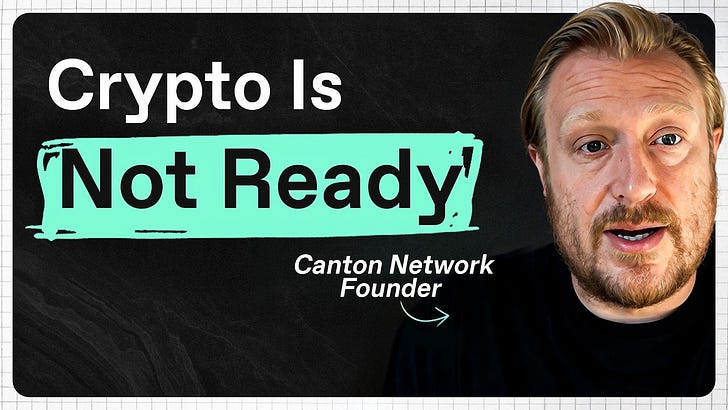Hello!
In our previous episode with Sol Strategies’ Leah Wald and Max Kaplan, we explored how native yield turns SOL into a compounding machine. If you’re building validator infrastructure, designing on-chain yield mechanisms, or working to bring traditional assets to public blockchains, we’d love to connect. Reach out to us at venture@decentralised.co.
On to the new episode..
I sat down with Omnia, co-founder at Kinetiq and core contributor at Hyperliquid, to unpack how they got here and why so many teams are now treating Hyperliquid as the default. Kinetiq is a staking primitive with ~15 million HYPE or ~$650 million staked. Before I tell you about what it does, we need a little bit of context.
Think of Hyperliquid as a financial city under construction, where with every new piece of infrastructure, you can do more. Exchange was the first building. The EVM chain and Hyperliquid Improvement Proposals (HIPs) are the pieces of infrastructure being released one after the other.
The three HIPs tell you what is possible with Hyperliquid:
HIP-1 lets you list tokens for a fraction of Binance's cost, and you can never be delisted.
HIP-2 gives you built-in liquidity via protocol-level market making.
HIP-3 lets you deploy your own exchange by staking 1 million HYPE (~$46 million). Expensive, but compare that to building exchange infrastructure from scratch.
The city has two zones. Hypercore, where staking and liquidity live; and HyperEVM, where most application logic happens. Until recently, smart contracts could read from Hypercore, but not write to it. That changed with the launch of a system contract called CoreWriter, a bridge that lets EVM apps write directly to the validator (staking) layer.
Before Kinetiq, there was no permissionless way for anybody on the Hyperliquid EVM chain to stake HYPE on the staking layer. You would have to send HYPE to a contract on the EVM, and then the contract would stake it on Hypercore using an externally owned address (EOA). This is like how you get BTC on Ethereum via a custodian as WBTC.
Kinetiq removes the need for wrappers like WBTC. It does not need the trusted EOA because the EVM contract can now directly stake HYPE on Hypercore.
We also went into depth exploring how Phantom is using Hyperliquid’s builder codes to add revenue to the product. For context, it does almost $1million a day in fees through newly launched perps.
If you want to understand what liquidity as infrastructure really looks like, this episode is a good place to start.
Tracking Hyperliquid,
Saurabh Deshpande










